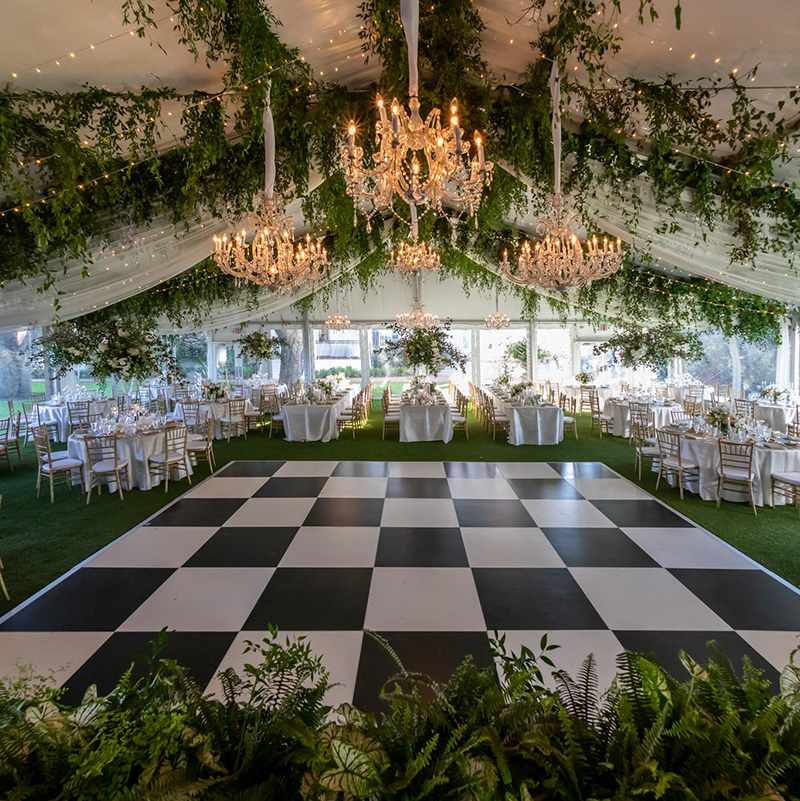
One of the most important aspects of maintaining for a leased dance floor is regular cleaning. Dust, dirt, and grime can accumulate on the surface, rendering it hazardous and dangerous for performers. It is advisable to sweep or hoover the floor before and after every use. For thorough cleaning, a damp mop with a suitable cleaning solution can be used, but it is crucial to steer clear of too much water, particularly on timber floors, as this can cause warping. Using the appropriate cleaning products is also essential; harsh substances can damage the finish and quality of the floor. Always check with the rental company for recommended cleaning solutions.
Another important factor in caring for rented dance surfaces is correct installation and setup. Ensuring that the surface is laid out correctly can avoid damage during operation. It is crucial to follow the producer's guidelines for setup, which may include using safeguarding underlayment or ensuring that the surface is even. If the floor is composed of sections, make that all look at this now pieces fit snugly together to prevent tripping risks. Additionally, using protective coverings during installation can help avoid scratches and dents from gear or furniture.
Temperature and moisture control also have a crucial role in the care of rented dance surfaces. Timber floors, in particularity, are sensitive to changes in the surroundings. High moisture can lead to wood to swell, while low moisture can lead to cracking. It is recommended to keep the dance space at a stable temperature and moisture level. If possible, use humidity control devices or air conditioning to keep a comfortable atmosphere. This not only protects the surface but also enhances the general experience for performers.
Ultimately, it is essential to inform all users about the proper use of the dance floor. Dancers should be cognizant of the types of shoes that are suitable for the floor. For instance, shoes with rubber soles can create too much friction on certain surfaces, while shoes with rigid soles may damage the floor. Promoting performers to warm up and recover correctly can also help avoid accidents and injuries. By fostering a culture of respect and respect for the rented dance floor, participants can ensure that it remains in top-notch condition for upcoming events.